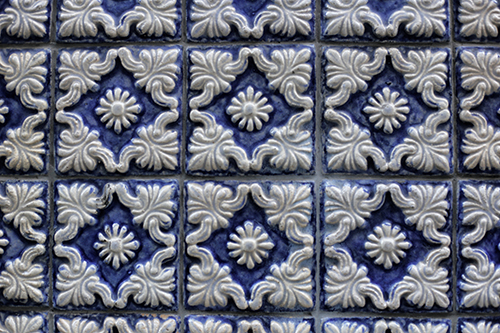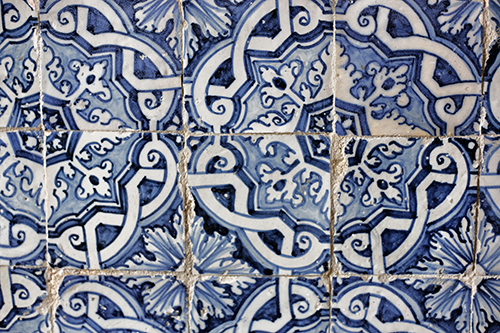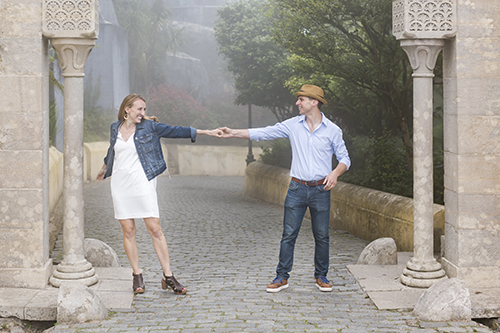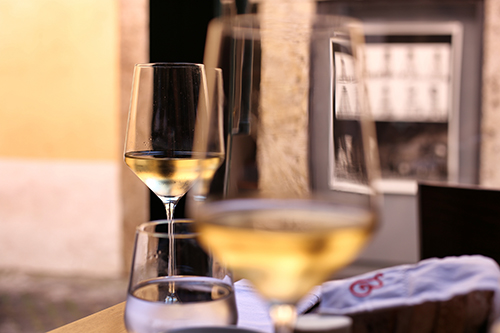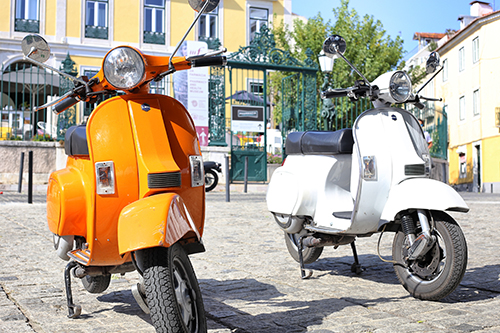
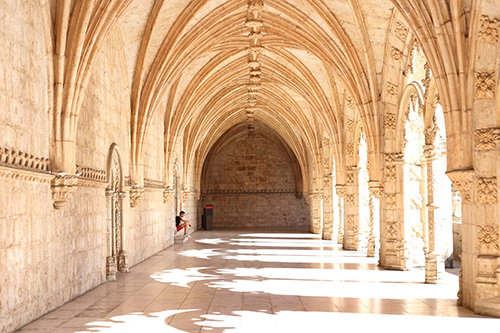
The first two mornings in Portugal include walking tours of the city full of history and local bites. Although Portugal’s history could go back as far as prehistoric times, followed by the Carthaginians and Romans, we’ll being in 1143 with their independence.
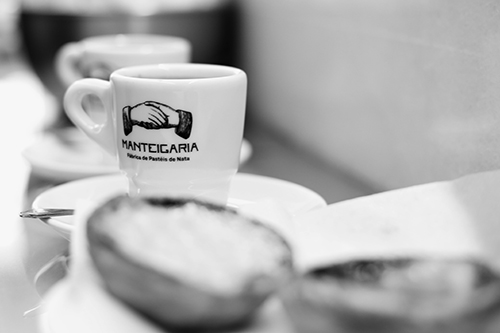


They hit a true high in the 15th and 16th centuries as one of the world’s economic, political, and military powers. During this Age of Discovery, Prince Henry the Navigator and Vasco de Gama were some of the more popular explorers with spice trade being a very lucrative career option.
All good things don’t last forever, however, and in 1755 (on my birthday), an earthquake, followed by tsunami, followed by massive fires destroyed Lisbon. I guess candle lit wooden structures that survive earthquakes aren’t also fireproof despite the huge wave of water.


Skipping ahead to the 1900s, the Portuguese tried to establish a democratic, even if unstable, republic; however, this soon became an authoritarian regime. Eventually, democracy returned in 1974 with the Carnation Revolution. The 2013 movie Night Train to Lisbon, which we watch on the plane over, painted a pretty grim picture of this pre-revolution time.
After a rough financial crisis in 2008, Portugal has begun to rebound. The almost $100B bailout in 2011 from the IMF didn’t hurt, several economic and fiscal reforms seem to be working, and a new influx of tourism might be the icing on the cake. Portugal is among the top 20 most-visited countries in the world – 20M tourists each year!



